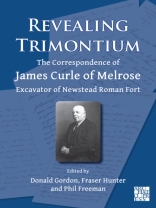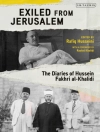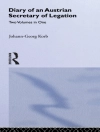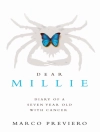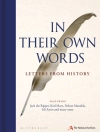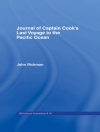The Roman fort of Trimontium, near the village of Newstead in the Scottish Borders, is renowned internationally thanks to the work of James Curle (1862-1944), a solicitor in nearby Melrose. He led the excavations of 1905-1910, with their spectacular discoveries, and produced an exemplary publication. This volume brings together key sets of his correspondence which illuminate his intellectual networks and connections. They reveal a web of local, national and international contacts ...
The Roman fort of Trimontium, near the village of Newstead in the Scottish Borders, is renowned internationally thanks to the work of James Curle (1862-1944), a solicitor in nearby Melrose. He led the excavations of 1905-1910, with their spectacular discoveries, and produced an exemplary publication. This volume brings together key sets of his correspondence which illuminate his intellectual networks and connections. They reveal a web of local, national and international contacts and travels that equipped him with an impressively broad knowledge of Roman provincial archaeology and turned him into a sought-after advisor for his expertise and knowledge of a range of topics, especially Roman pottery. Yet his interests went beyond the Roman military. His early interests in Swedish archaeology were rekindled after the Trimontium excavations, with a series of papers on aspects of Viking brooches, while a long-running interest in finds of Roman material beyond the frontiers of the empire shows his concern to understand the Iron Age societies of Scotland and Scandinavia.The letters are provided with a critical apparatus to explain their context, while introductory chapters consider Curle’s background, his local links, his connections with the great Romano-British archaeologist Francis Haverfield, and his wider antiquarian networks.The letters cast fresh light on the intellectual networks of the early 20th century, when professional archaeology was still in its infancy and gifted amateurs such as James Curle played a key role in laying the foundations on which scholarship still builds today.
